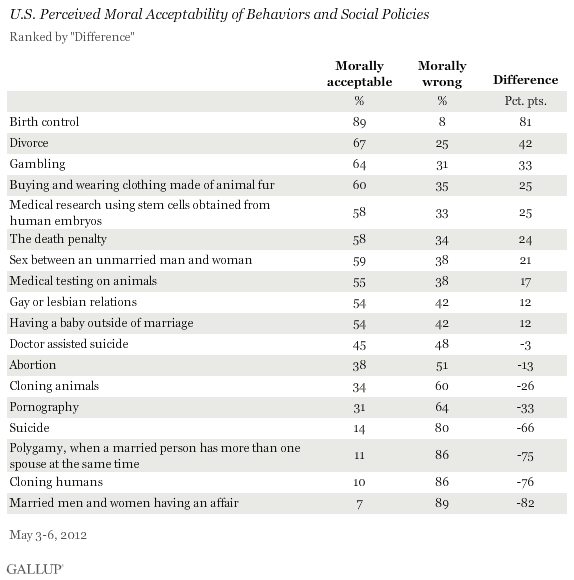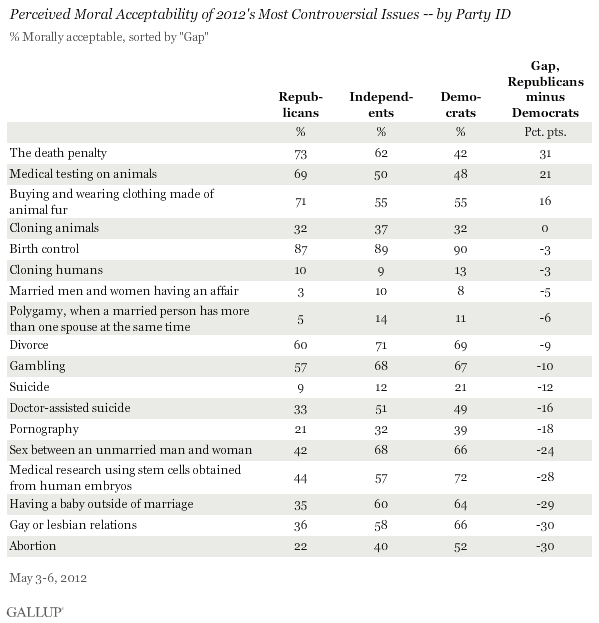http://www.slate.com/articles/double_x/the_kids/2014/01/organic_vs_conventional_produce_for_kids_you_don_t_need_to_fear_pesticides.html
So let’s focus on that other major claim about organic food—that is it’s healthier, particularly for kids, because it contains fewer pesticides. First, let’s start with the fact that organic does not mean pesticide-free. As scientist and writer Christie Wilcox explains in several eye-opening blog posts over at Scientific American, organic farmers can and often do use pesticides. The difference is that conventional farmers are allowed to use synthetic pesticides, whereas organic farmers are (mostly) limited to “natural” ones, chosen primarily because they break down easily in the environment and are less likely to pollute land and water. (I say “mostly” because several synthetic chemicals are approved for use in organic farming, too.)
The assumption, of course, is that these natural pesticides are safer than the synthetic ones. Many of them are, but there are some notable exceptions. Rotenone, a pesticide allowed in organic farming, is far more toxic by weight than many synthetic pesticides. The U.S Environmental Protection Agency sets exposure limits for the amount of a chemical that individuals (including kids) can be exposed to per day without any adverse effects. For Rotenone, the EPA has determined that people should be exposed to no more than 0.004 milligrams per kilogram of body weight per day. Let’s compare this toxicity to that of some commonly used synthetic pesticides, like the organophosphate pesticide Malathion. The nonprofit Pesticide Action Network calls organophosphates “some of the most common and most toxic insecticides used today.” (Sarin, the nerve gas used in two Japanese terrorist attacks in the 1990s, is a potent organophosphate.) Yet the EPA has deemed it safe, based on animal tests, for humans to be exposed to 0.02 milligrams of Malathion per kilogram of body weight per day. This is five times more than the amount deemed safe for Rotenone. In other words, by weight, the natural pesticide Rotenone is considered five times more harmful than synthetic pesticide Malathion. The EPA’s recommended exposure limit for Glyphosate, another widely used synthetic pesticide—you might know it as Roundup—is 0.1 milligrams per kilogram per day, which means it’s 25 times less toxic by weight than Rotenone. The synthetic pesticide Captan is 32.5 times less toxic than Rotenone, and another one, Pyrimethanil, is 42.5 times less toxic than Rotenone. Rotenone is also not the only natural pesticide that out-ranks synthetic pesticides in terms of toxicity. The pyrethrins, a class of pesticides derived from chrysanthemums that are approved for use in organic farming, are more toxic by weight than Roundup, Captan, and Pyrimethanil, too.
Ah, but what about all those studies that suggest that organic fruits and veggies harbor fewer pesticide residues than conventionally farmed produce does? Those studies only tested for synthetic pesticides. In the few studies that have also looked for natural pesticides—the USDA’s Pesticide Data Program tested for them on organic lettuce in 2009, the California Department of Pesticide Regulation tested a handful of organic fruits and vegetables for certain natural and synthetic pesticides in 2010, and the USDA did an analysis of organic produce in 2010—scientists have found that between 15 and 43 percent of organic produce samples harbor measurable traces of either natural or synthetic pesticides or both. As far as I can tell, however, no one has published a comparison of the overall amounts of both types of pesticides on organic versus conventional produce, so it’s hard to conclude much from these findings other than that, yes, organic produce can be pesticide-tainted, too.


